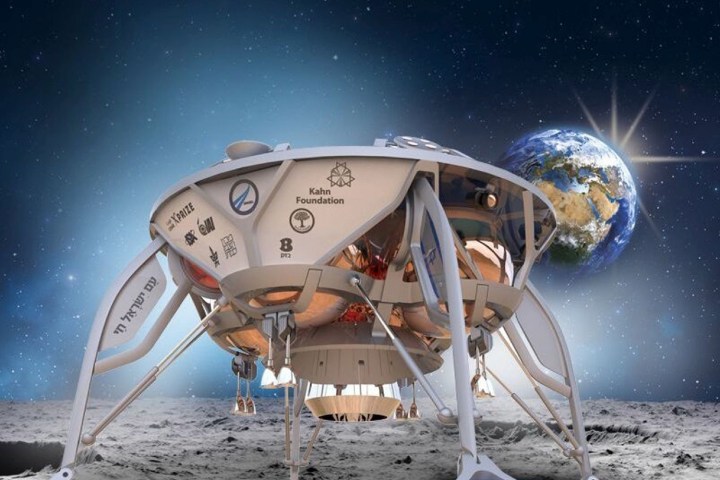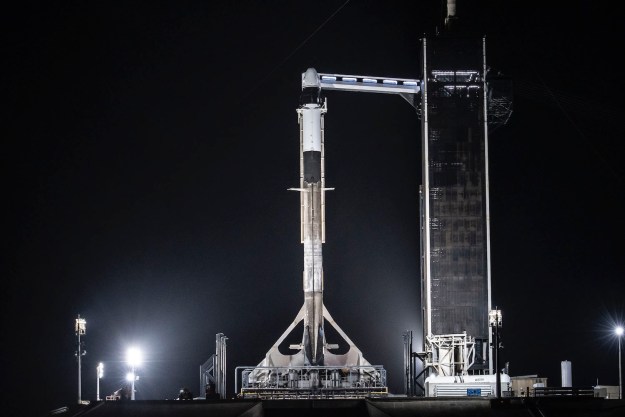
In an age in which the high-profile space stories and competition typically involve companies like SpaceX, Boeing, and others, it’s easy to forget that it used to feel like more of a national rivalry — summoning memories of the U.S. and Soviet Union from the height of the Space Race. One country which clearly hasn’t forgotten those halcyon days? Israel, which announced its intentions to be the fourth country to land a mission on the moon — after the U.S., Russia, and China.
With this goal in mind, it’s planning to launch an unmanned spacecraft in December as a collaboration between Israel Aerospace Industries and the nonprofit organization SpaceIL. The launch will take place from Cape Canaveral, Florida. The two companies behind the launch have raised $88 million from private donors to fund the project over the course of the past eight years. Their diminutive craft is a little over 5 feet in height and tips the scale at 1,322 pounds. It will take around two months to reach the moon, with a target date of February 13, 2019. No launch date has yet been announced.
“The launch of the first Israeli spacecraft will fill Israel, in its 70th year, with pride,” said SpaceIL President Morris Kahn. “It is a national accomplishment that will put us on the world’s space map.”
SpaceIL was previously part of Google’s Lunar XPrize competition, which promised a $20 million prize for any non-governmental organization able to land an unmanned spacecraft on the moon by 2014. Ultimately, no organization was able to achieve this, although clearly, SpaceIL was not ready to throw in the towel just because it had missed Google’s deadline. Half a decade later, it may well claim the moral victory, if not the financial one.
If the group’s spacecraft does successfully reach the moon, it will be the smallest craft to have done so in history. On the moon’s surface, it will take assorted videos and photographs, as well as measuring the moon’s magnetic field using a magnetometer.
Israel Aerospace Industries hopes that the space mission will trigger an “Apollo effect,” which captures the imagination of kids and gets them inspired about the possibility offered by STEM (science, technology, engineering, math) subjects.
Editors' Recommendations
- SpaceX gets big hint from FAA on next Starship launch opportunity
- FAA review of SpaceX Starship launch delayed by another month
- Moon, Mars, and more: NASA extends 8 planetary missions
- Watch the key moments from SpaceX’s spy satellite launch
- How to watch SpaceX launch a U.S. spy satellite today


